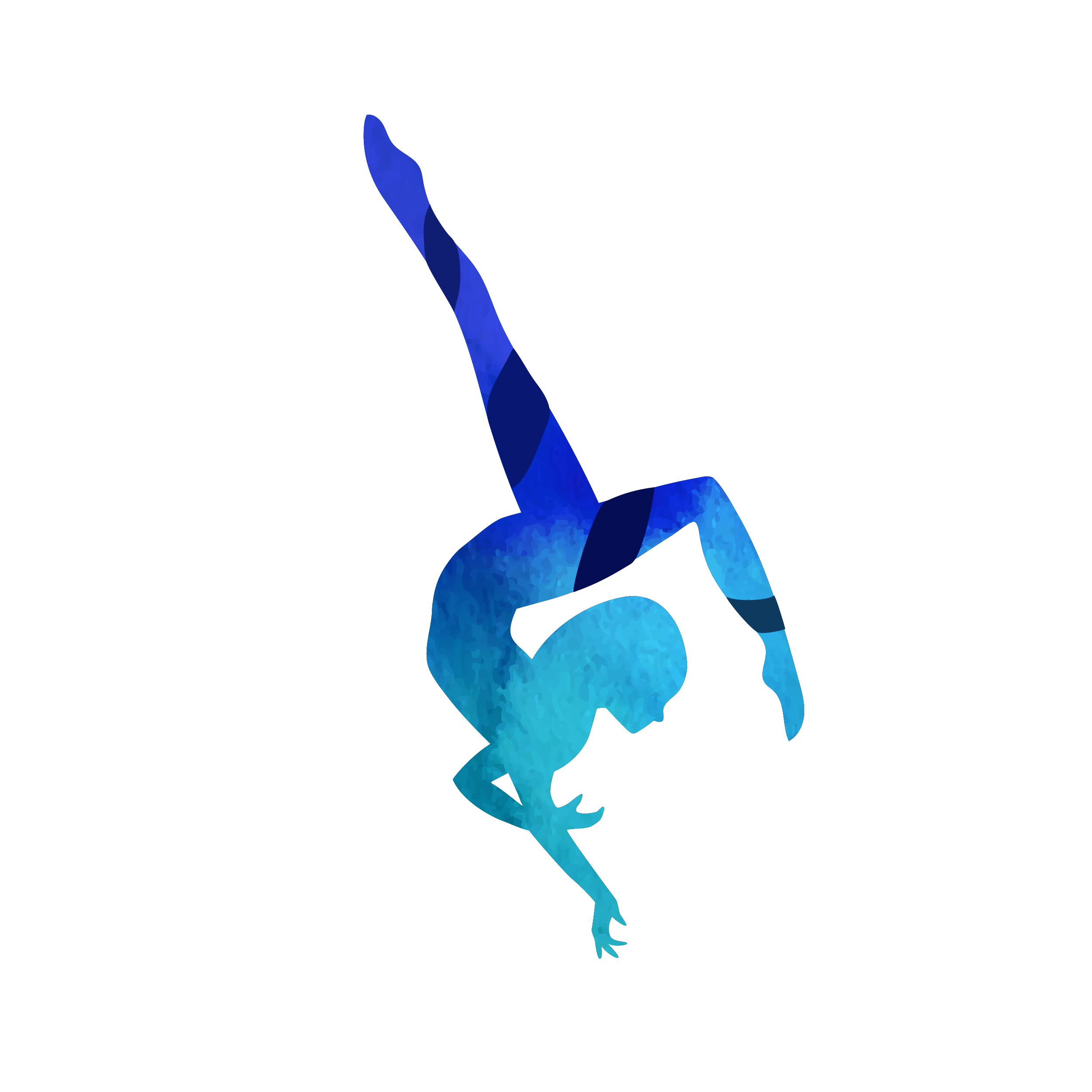Silks is like my best friend/security blanket and it just feels good. It’s an inanimate object of course, but we have an intimate relationship of sorts. Between the time I’ve spent on it and the happiness it brings me, my loyalty runs pretty deep. However, I’ve been teaching lyra lately and the more time I invest into it, the more I love it. My body acclimates to the steel, my hands to the chaffing and all becomes alright in the world. Imagine having a second child. You don’t love them less, they’re just a different being entirely.
If lyra is your jam, silks are just so unruly. It’s hard to control, get a grip on and seems like so much effort just to doing anything interesting. You climb halfway up and sometimes, that’s all you’ve got enough gas for.
The lyra hurts like a bitch if you’re used to fabric. It’s not flexible, it digs into your hips, thighs, knee pits and everything else so much that you can’t even hide it on your face. Your palms get so raw by the end of the first class and by the second or third, your skin blisters, rips and dries over itself making it even more painful to get through a session.
The issue at hand is not you capacity to love the other EVENTUALLY, it’s the TRANSITION from hate to love that’s the problem. Here’s my thoughts on it…
- Bite the bullet
You know it’s not going to feel good, but is that all that’s stopping you? Jump in the cold water by booking a beginning lyra or trapeze class. Commit to it on the studio schedule and pay for it so you’ve have an incentive not to bail.
- Take a break from your comfort zone
Dare I say take a month off from silks? Yes, I’m going to actually say that because going to one lyra class isn’t going to cut it. Consider taking a month off of your primary skill to give your full focus on a new apparatus. If you’re worried about losing strength and endurance, since you’ll still be inverting and training, there should be very little to worry about.
- Plan for a performance
Create a deadline for yourself by scheduling a performance opportunity on the new apparatus. Perhaps it’s in six months to a year from now or maybe even sooner. Personally I get a lot more accomplished if there’s just a little bit of pressure.
- Embrace the similarities
It’s not all foreign. Even though your hands might feel out of their element, remember that the technique is mostly transferrable. If your straddle is solid on one, it’ll be solid everywhere.
- Don’t skip stuff
You may be super proficient on one apparatus, but that doesn’t mean that you are intermediate on a new apparatus. When it comes to the specifics of that new thing, you are a BEGINNER. Swallow it, swim in it and love it. Be OK with working on getting on the lyra or trapeze correctly for a while because it will serve you in the long run. Overall, the process is bound to be faster than when you started on your first apparatus but it’s not going to be super speed.
If you want an added element of accountability, share with me your goal and let me know how it’s going. Good luck and happy training! Kerry

